
AI image generation has revolutionized how artists and designers explore creative concepts. These tools, like Adobe Firefly, are built with one primary objective: to serve the user’s vision. Their extensive training prepares them to interpret precise prompts, guided by established techniques like keyword specificity, compositional references, and style definitions. The process is a collaboration where the user outlines a vision, and the AI diligently shapes it, often with extraordinary fidelity.
But what happens when we let go of these tightly controlled reins?
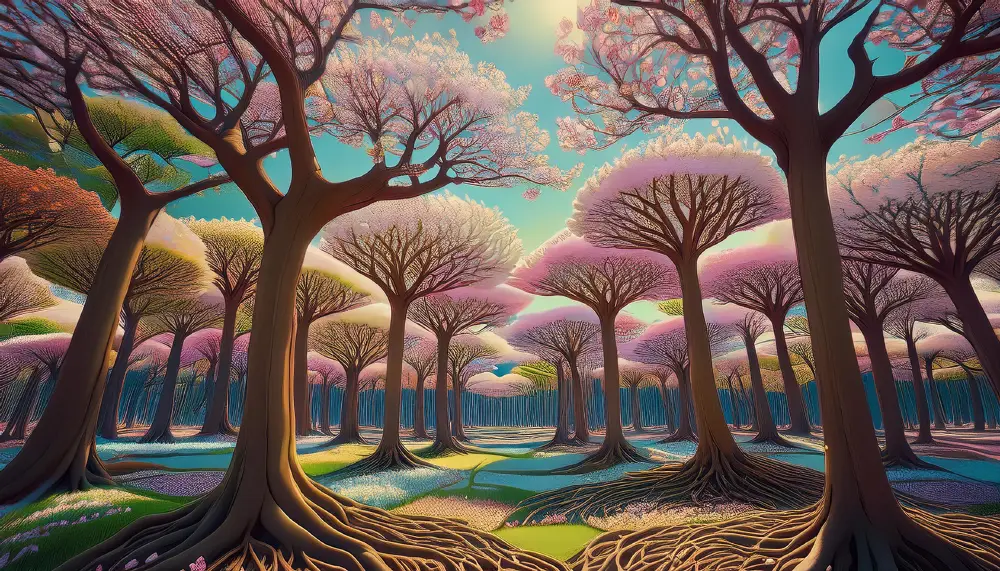
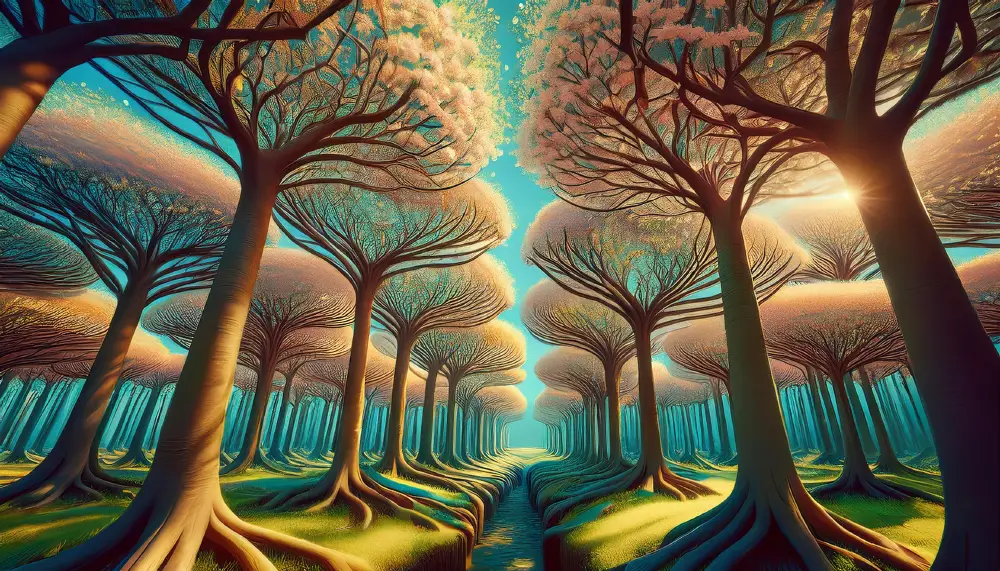
Prompt: A forest where trees bloom in recursive patterns
The Art of Pleasing vs. The Art of Breaking Free
AI image generators are engineered to please. Every prompt, every localized change through inpainting, every stroke of generative fill is designed to achieve one thing: to align the output as closely as possible with the user’s intentions. The AI, through exhaustive training, predicts and constructs visual responses based on its understanding of the input. It's a system optimized for precision.
AI image generators are designed to align outputs as closely as possible with the user’s intentions.
This works beautifully when the user knows exactly what they want—a specific composition, an effect, or even a particular emotion captured in the image. Prompting techniques, including the use of negative keywords or style references, refine this process further. AI meets these demands with remarkable efficiency, creating a kind of symbiotic relationship between human intent and machine execution.
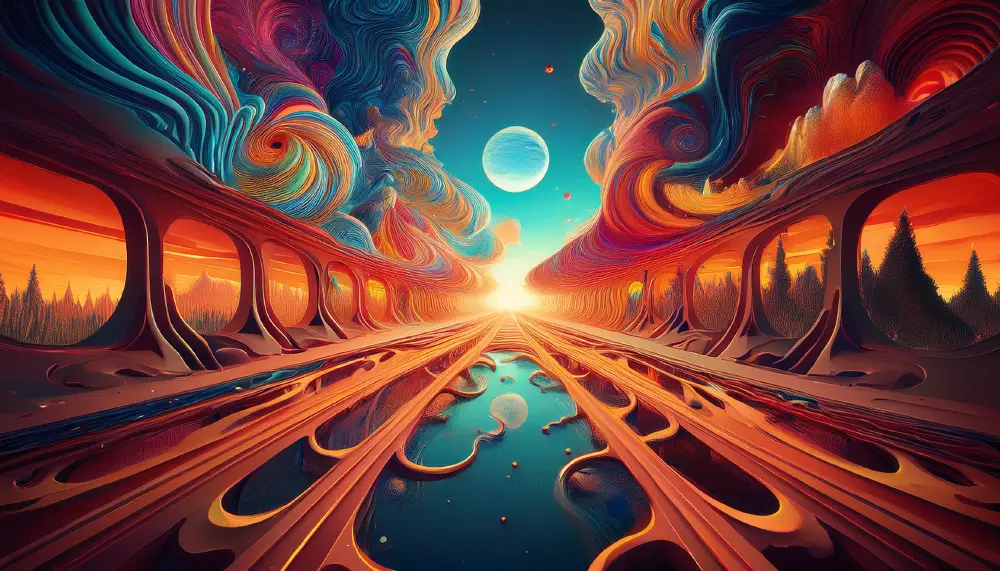
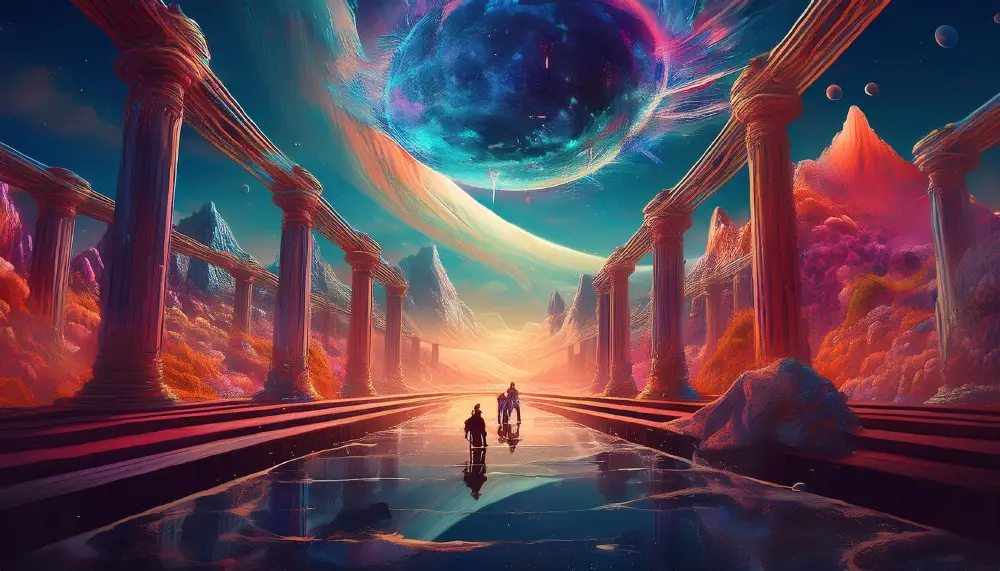
Prompt: Past, present, and future collide into a single moment
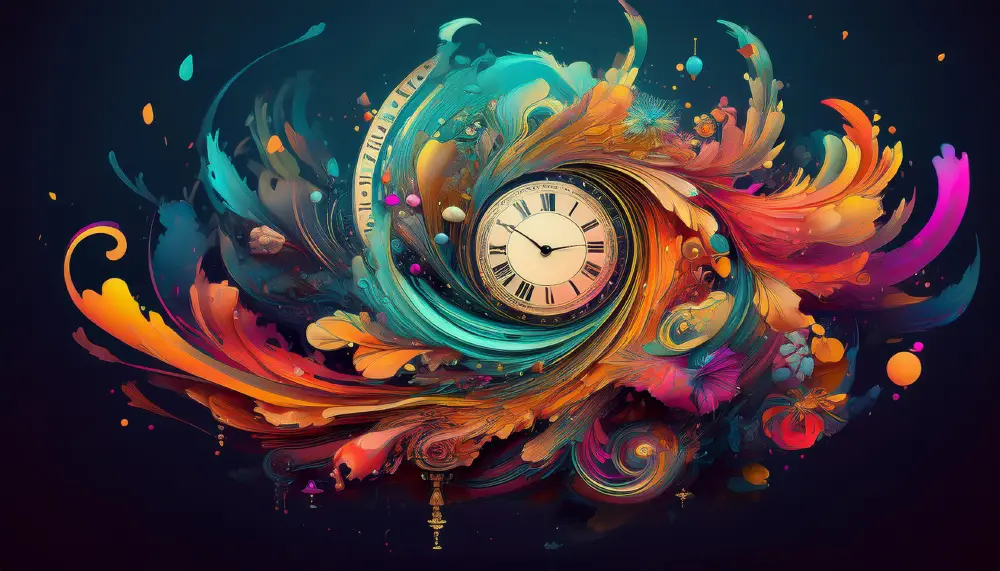
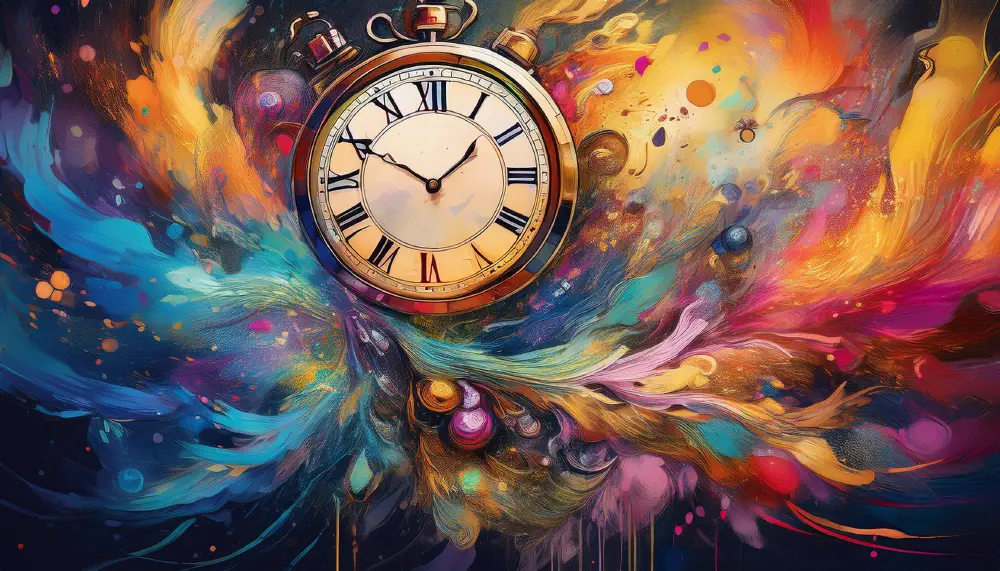
Prompt: Time dissolving into color
However, true creative exploration often thrives in spaces that aren't bound by strict intent. Sometimes, the best way to unlock an AI’s potential isn’t to ask it to follow—but to ask it to interpret.
A Different Kind of Experiment
In this experiment, I wanted to see what Adobe Firefly could produce when removed from the burden of explicit direction. The idea wasn’t to let it "do what it wants" entirely—this isn't about randomness—but rather to prompt it with ideas so abstract, so untethered from logic, that it would have to dig into its creative algorithms to provide an answer.
Paradoxes disrupt logical thinking, offering the perfect opportunity to explore how Firefly interprets visual impossibilities.
This is where paradoxes came into play. Paradoxes challenge rationality by their very nature. A door that leads everywhere yet nowhere. A shadow brighter than the light that casts it. These concepts disrupt logical thinking, offering the perfect opportunity to explore how Firefly interprets visual impossibilities.
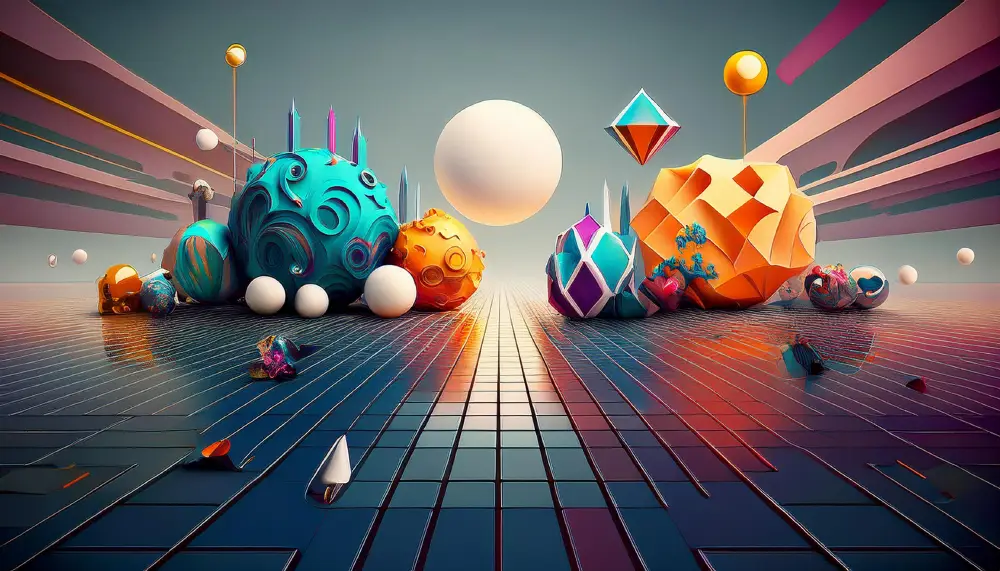
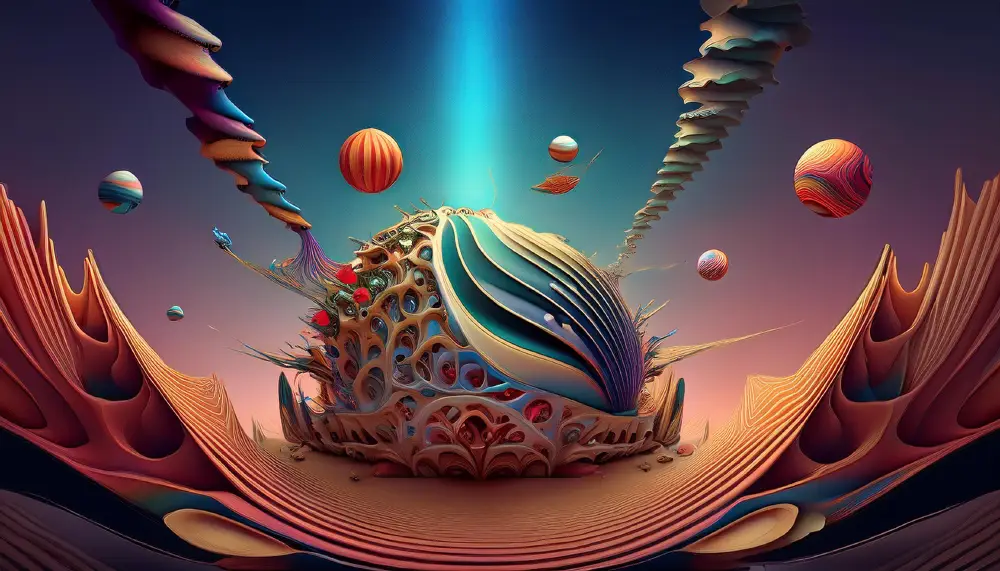
Prompt: Objects existing in states that can't exist

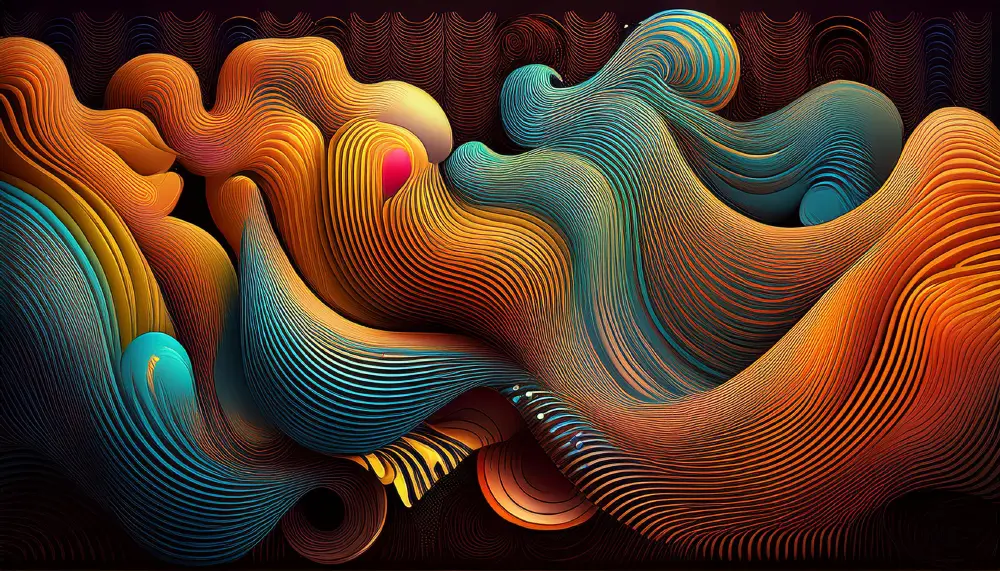
Prompt: A sound that becomes a texture

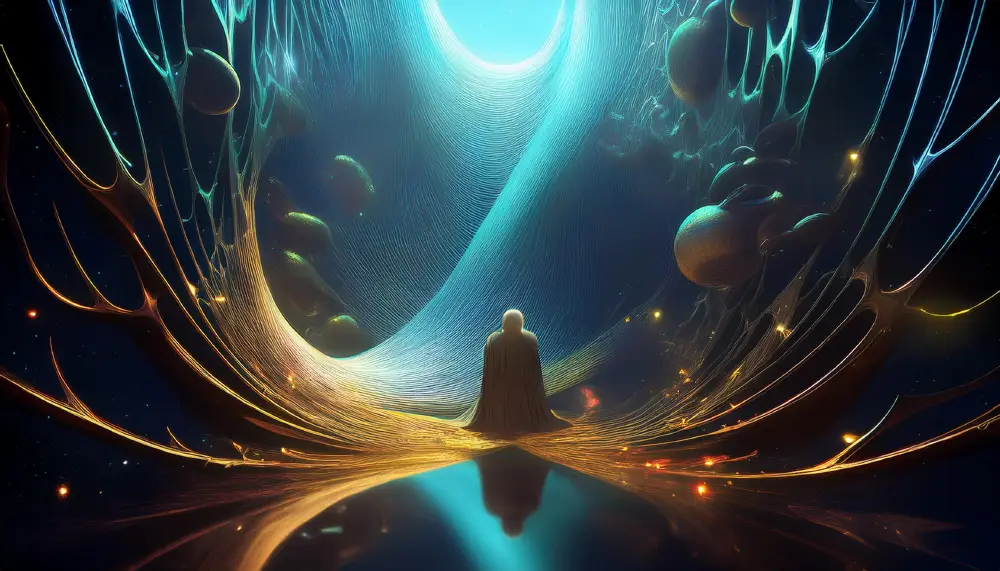
Prompt: The weight of an invisible force


Prompt: An edge that has no beginning or end.
But paradoxes are tricky even for human minds. To craft these prompts, I turned to another AI—ChatGPT. Why? Because crafting paradoxical ideas requires a freedom of thought that I, constrained by my rational, structured brain, struggle to achieve. ChatGPT generated prompts that were truly unconstrained, breaking free from my biases and allowing Firefly to respond to ideas it likely had no precedent for.
What Emerged: A Gallery of Digital Paradoxes
Together, ChatGPT and Adobe Firefly created a visual gallery that explored the limits of abstraction and the AI’s interpretive capabilities. The prompts were purposefully ambiguous: “A door that opens to nowhere but leads everywhere,” or “A shadow brighter than the light casting it.” These ideas force the AI to confront the limits of its training and venture into creative interpretation.
The idea was to prompt Adobe Firefly with concepts so abstract, so untethered from logic, that it would have to dig into its creative algorithms to provide an answer
The results were striking. Firefly, free from the rigid logic of representational imagery, produced visuals that felt alive with contradiction. A staircase stretching endlessly into voids; light and darkness interwoven in impossible spirals. These weren’t just images—they were representations of abstract thought, rendered through the lens of a machine’s "mind."


Prompt: A clock that spins in every direction at once.


Prompt: Mirrors reflecting impossible worlds


Prompt: Countless universes orbiting in infinite space.

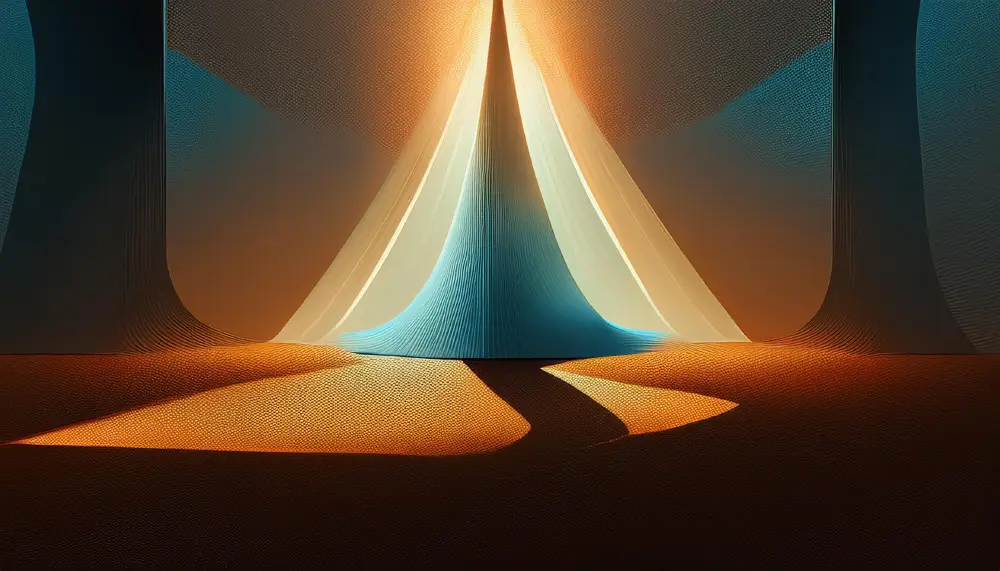
Prompt: Light folding into silence
What Does This Mean for Artists and Designers?
This experiment isn’t just an exploration of what AI can do; it’s also a challenge for human creators. When we use AI tools like Firefly, we often focus on precision—on getting exactly what we envision. But creativity, especially at its most abstract, thrives when we explore the unknown. These tools aren’t just assistants; they can also be collaborators in uncovering the unexpected.
Artists and designers might find inspiration in letting go of control, in seeing what happens when the AI is asked to interpret rather than follow. The paradoxical prompts serve as a metaphor for breaking our own constraints—both as users of AI and as creative thinkers.
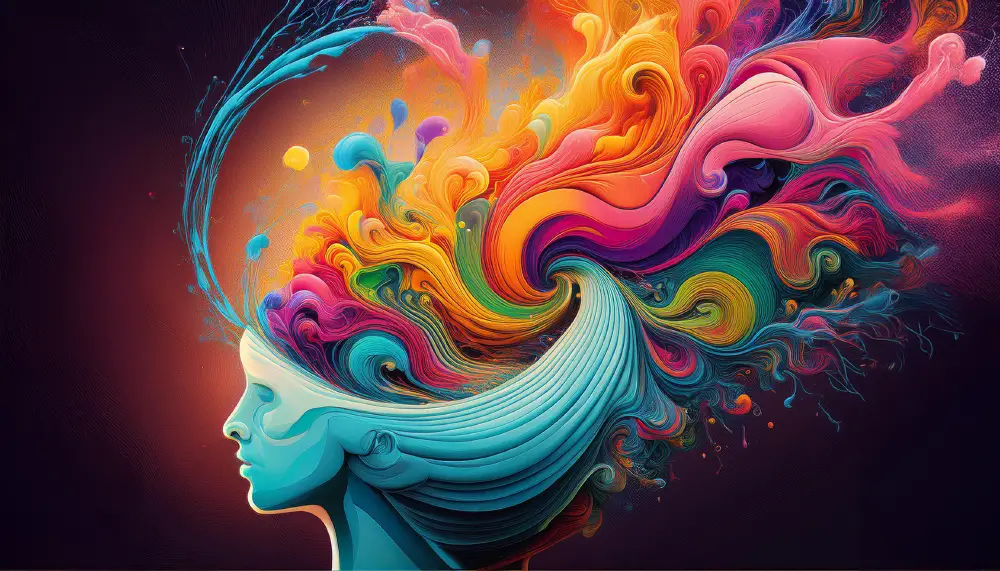
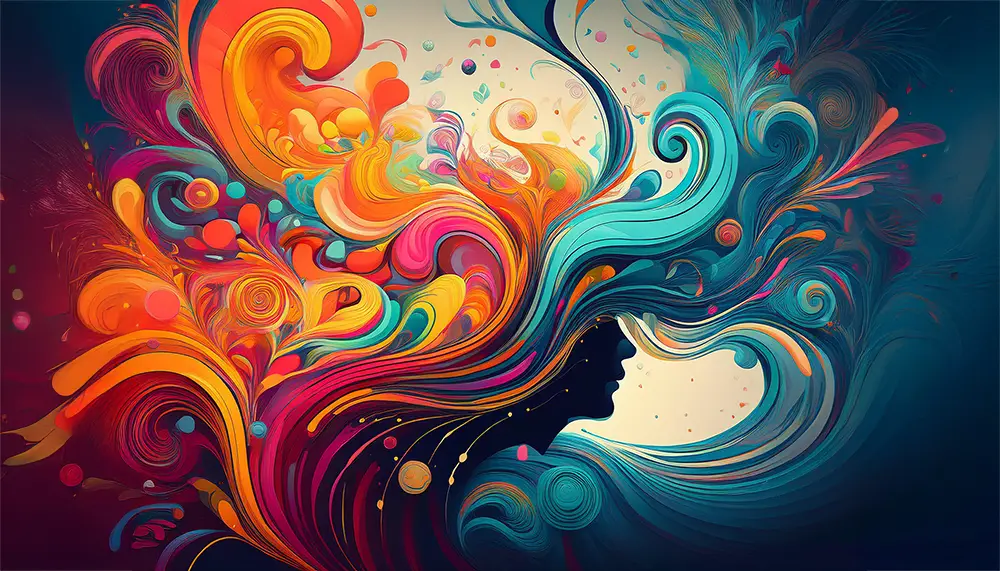
Prompt: Thoughts swirling like liquid color

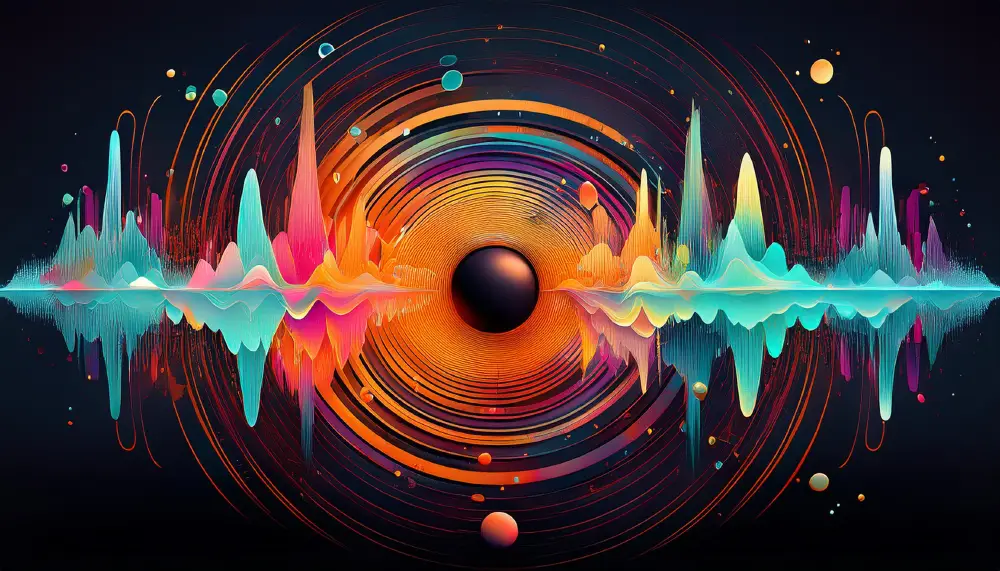
Prompt: A sound that forms and dissolves into nothing.
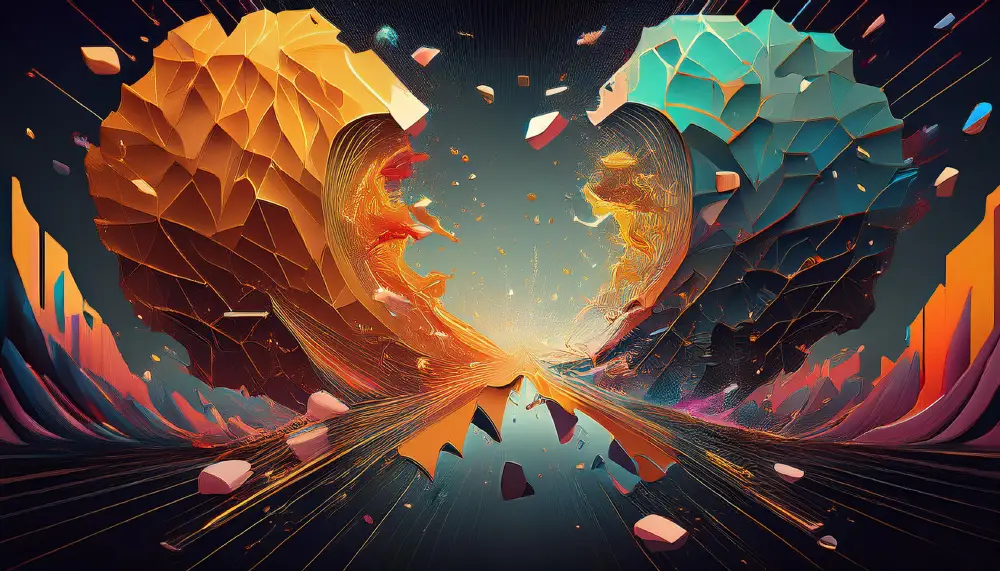
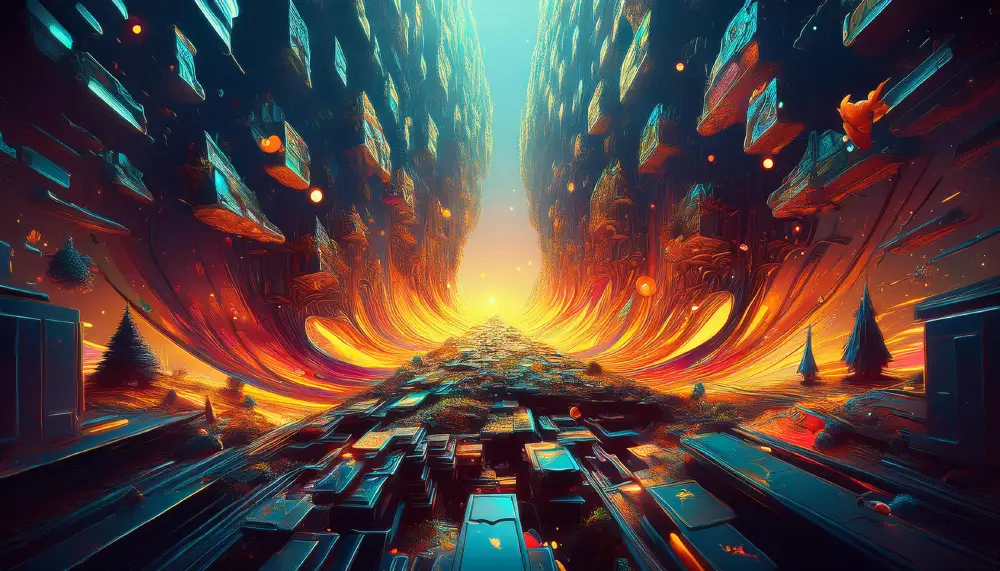
Prompt: A dimension collapsing in on itself, pulling reality apart.
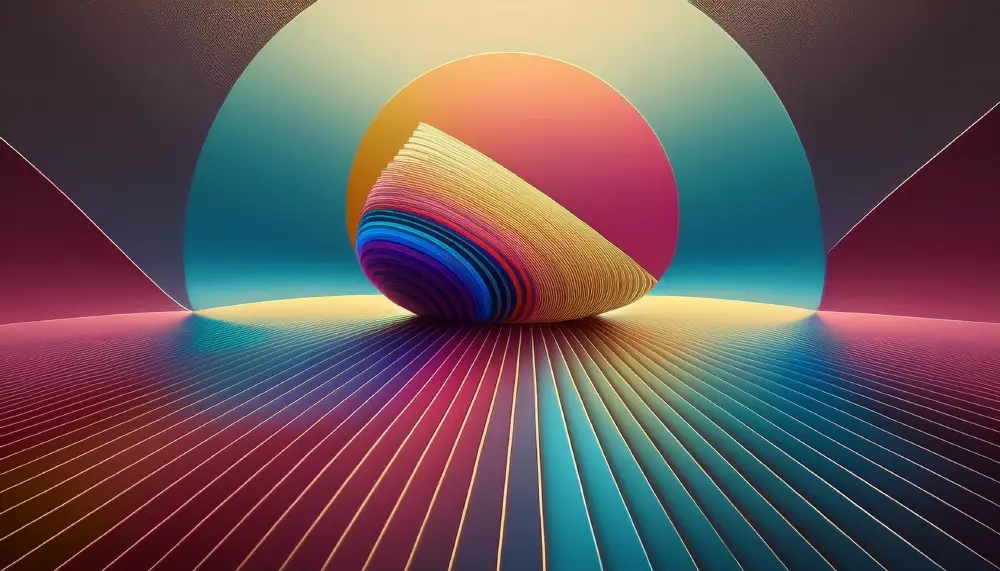
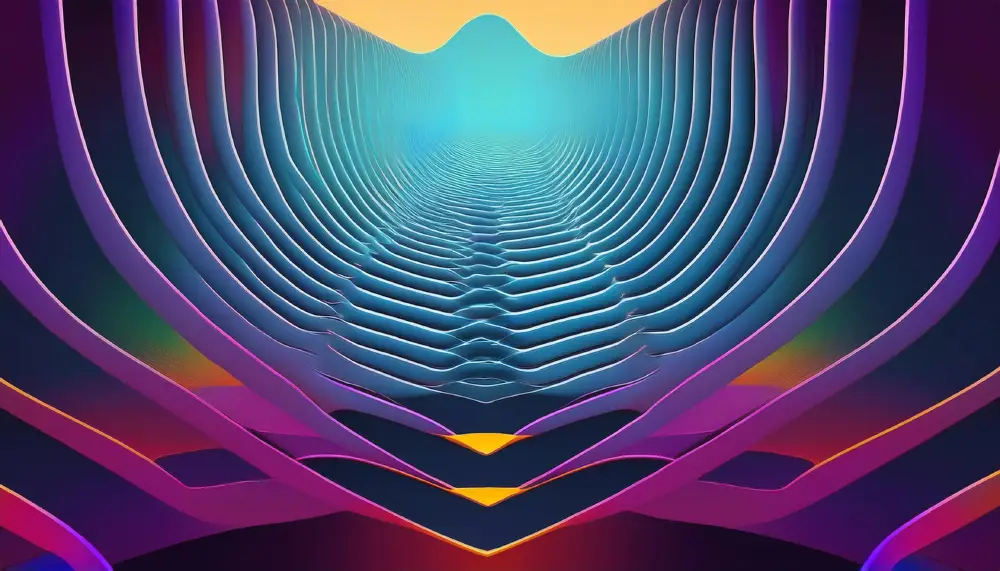
Prompt: A shape that exists but cannot be seen.
The Bigger Picture: Where Creativity and Machines Meet
This experiment with Adobe Firefly wasn’t just about testing its limits; it was about exploring the intersection of creativity and computation. By asking Firefly to visualize paradoxes, it was forced to go beyond pleasing the user and instead engage with the impossible. The results were surprising and thought-provoking, revealing a glimpse of the AI’s ability to reinterpret abstract concepts in ways that even human creators might not anticipate.
Ultimately, this collaboration between ChatGPT and Adobe Firefly highlights the potential of AI as a partner in the creative process. These tools don’t just replicate—they innovate, given the right prompts and freedom. As we move forward in the age of AI-assisted creativity, experiments like this remind us of the value in breaking free from precision and embracing the abstract.
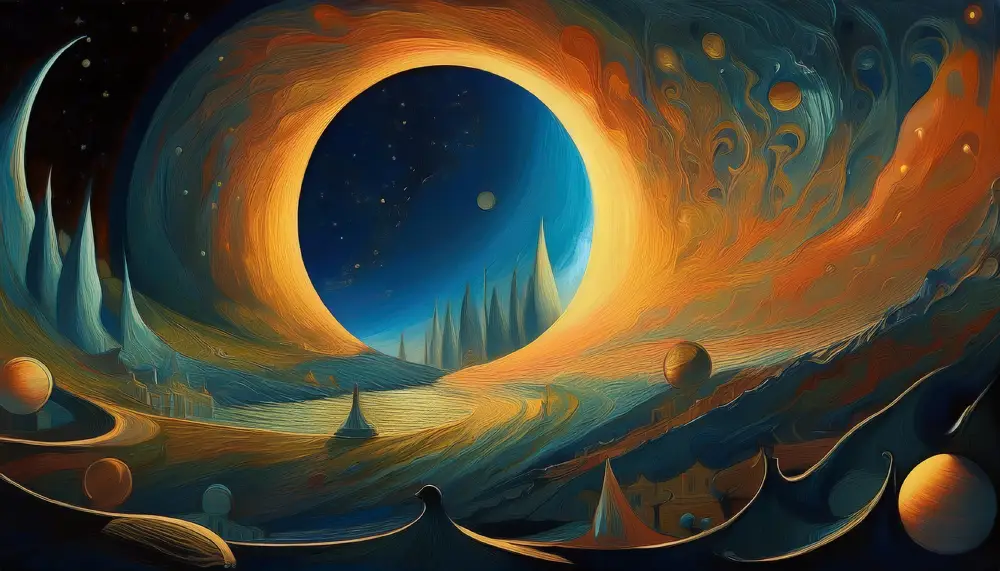

Prompt: The echo of something that was never spoken
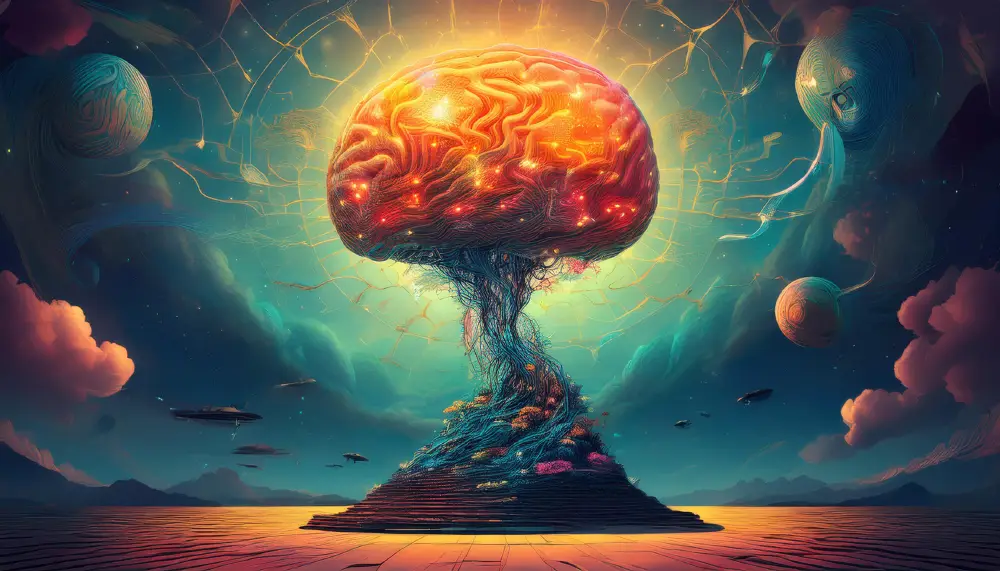
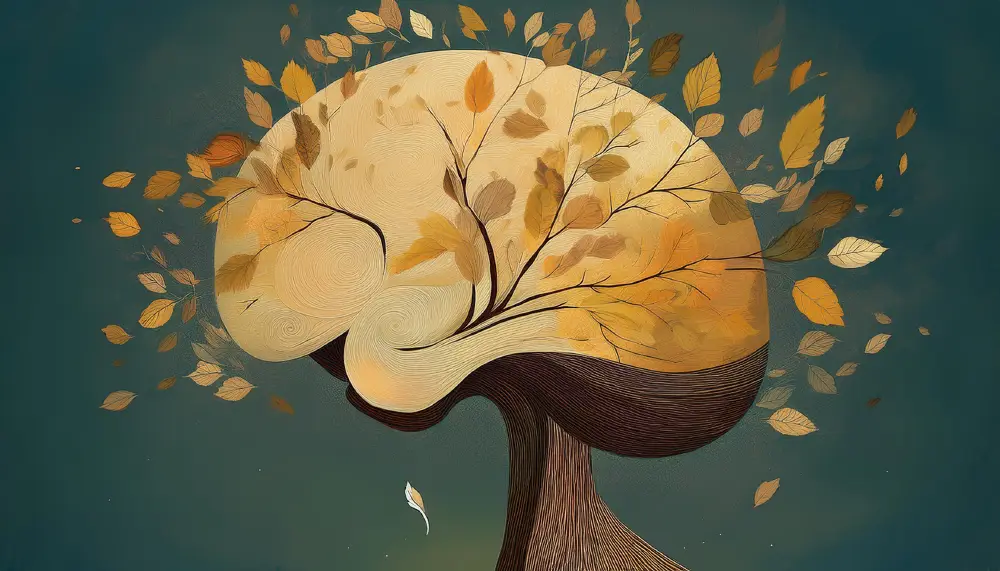
Prompt: A thought left unfinished
What happens when we let AI imagine paradoxes? The answer lies in the images—strange, beautiful, and deeply inspiring. These visuals push the boundaries of what we perceive as creativity, revealing not just the machine's interpretive capabilities but also the limitless potential of human-AI collaboration. In embracing paradoxes, we uncover a space where logic dissolves, and imagination takes over, offering endless inspiration for artists and designers alike.
Try Photoshop and all Creative Cloud apps free for 7 days.
